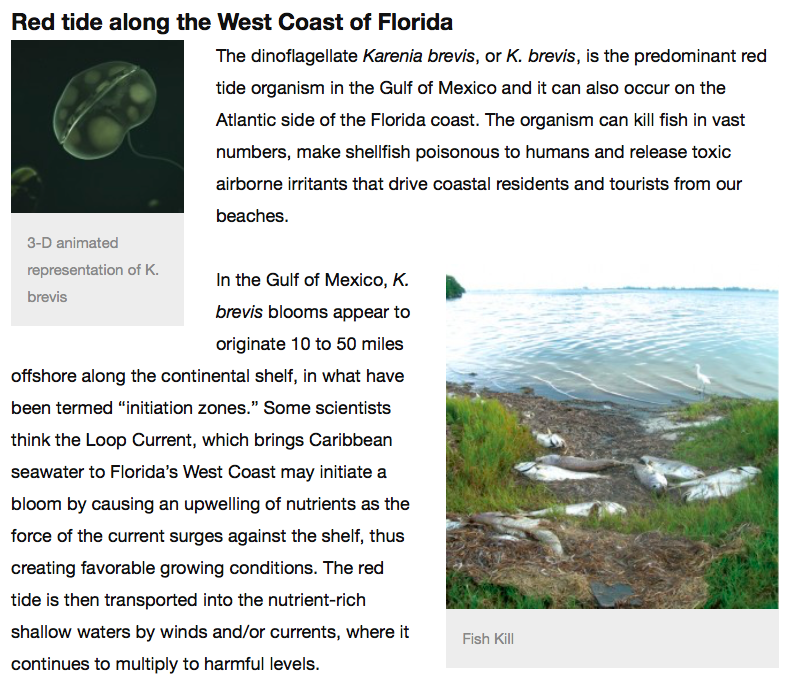
Bal Harbour Beach Club Hotel-Marina is accessible by this channel as well as the ICW, but there is no dredged channel. Local traffic can be seen crossing the sandbars, but for larger or unfamiliar inbound vessels, the only other course is to stick tight to the south coast.

“The half-hour slack tide is the only time nothing is going on sometimes,” he said. “I often advise small boats to be cautious or not go out.” The most I’ve seen is currents up to 4 or 5 knots, but when there is a front, you can really see the waves,” he said about wind blowing against tides at the mouth of the inlet. If the “pushed” markers are honored, a vessel could be dangerously outside of the channel.īeyond the shoaling and current, Brewer said mariners have to be prepared for severe and fast-moving weather, too. On this section of the ICW, Beatty said, “If the wind is coming in, the markers on chains can be pushed so it appears they are in different locations.” “The Coast Guard comes and moves them every once in a while.” “The shoaling never stops, that’s why they have moveable markers here for the ICW,” Brewer said of channel markers 6B, 7A and 7B. Tidal conditions in the inlet are such that even the channel markers don’t quite know where to rest. But … it looks like a good place to party.” Seems like they re-set them with every tide and the shoaling/current is horrific. We were listening to someone calling ‘help,’ contacting the Coast Guard, and not paying attention to where the markers were. attempt at navigation to the ICW northbound. “We have gone aground there in an 11 p.m. “Not my favorite inlet,” she said in an e-mail. Deborah Streeter, a captain from the Florida Keys, knows about shallow water and still doesn’t like Haulover. “Especially at night, it is so easy to go outside the channel.”Ĭapt. “If you go off course by two feet, you can hit bottom,” Brewer said. On this course north, there is an Army Corps dredged channel abeam of marker 6, so if you want to take your chances, mariners can take a west turn before reaching markers 4A and 5. We had a sportfisher hit the rocks recently and it put a hole in his bottom.” “Once you come in the jetty, you may not have enough power,” Brewer said, “When the tide is going in, it begins to suck you in and you don’t realize how fast you’re going.

“I have seen a vessel’s stern get pushed at a faster rate and force a boat’s nose into the rocks.” “Take caution when you come in toward the ICW and steer right on an incoming tide,” he said. David Brewer of TowBoatīut navigators must be vigilant, as Capt. “If you stay close to the marina, you’re OK,” said Capt. The channel and ICW are idle zones in this area. To stay in this dredged Army Corp of Engineers’ channel, head toward markers 4A and lit 5. This unmarked channel hugs the coast heading in an almost due north direction at Haulover Beach Park. Once inside the inlet, the safest way to the ICW, even with a southern destination, is to take a starboard turn hugging the rocks. “If you see people in lawn chairs with coolers sitting in the water in front of you, don’t go that way,” laughed local Capt. These obstructions require a vessel to turn either north or south to avoid hitting bottom or grounding. It is smooth sailing from the Atlantic Ocean, but near the jetties navigators should be aware of strong currents, constant shoaling and no channel that heads directly west to the ICW.Īlthough the ICW is dead ahead of a vessel entering from the Atlantic, so too are sandbars. The fixed bridge has a vertical clearance of 32 feet with horizontal clearance of 125 feet. Lauderdale.īy land, it is north of Bal Harbour and south of Sunny Isles Beach at Florida State Road A1A. Known as Haulover, it is located at statute mile 1080 on the Intracoastal Waterway (ICW), and is the only inlet between Miami’s Government Cut and Port Everglades in Ft.

This man-made inlet was dug in 1925 to connect Biscayne Bay with the Atlantic Ocean. Of more than 60 inlets in Florida, Bakers Haulover Inlet is one that requires clear local knowledge or just plain avoidance, say local captains.


 0 kommentar(er)
0 kommentar(er)
